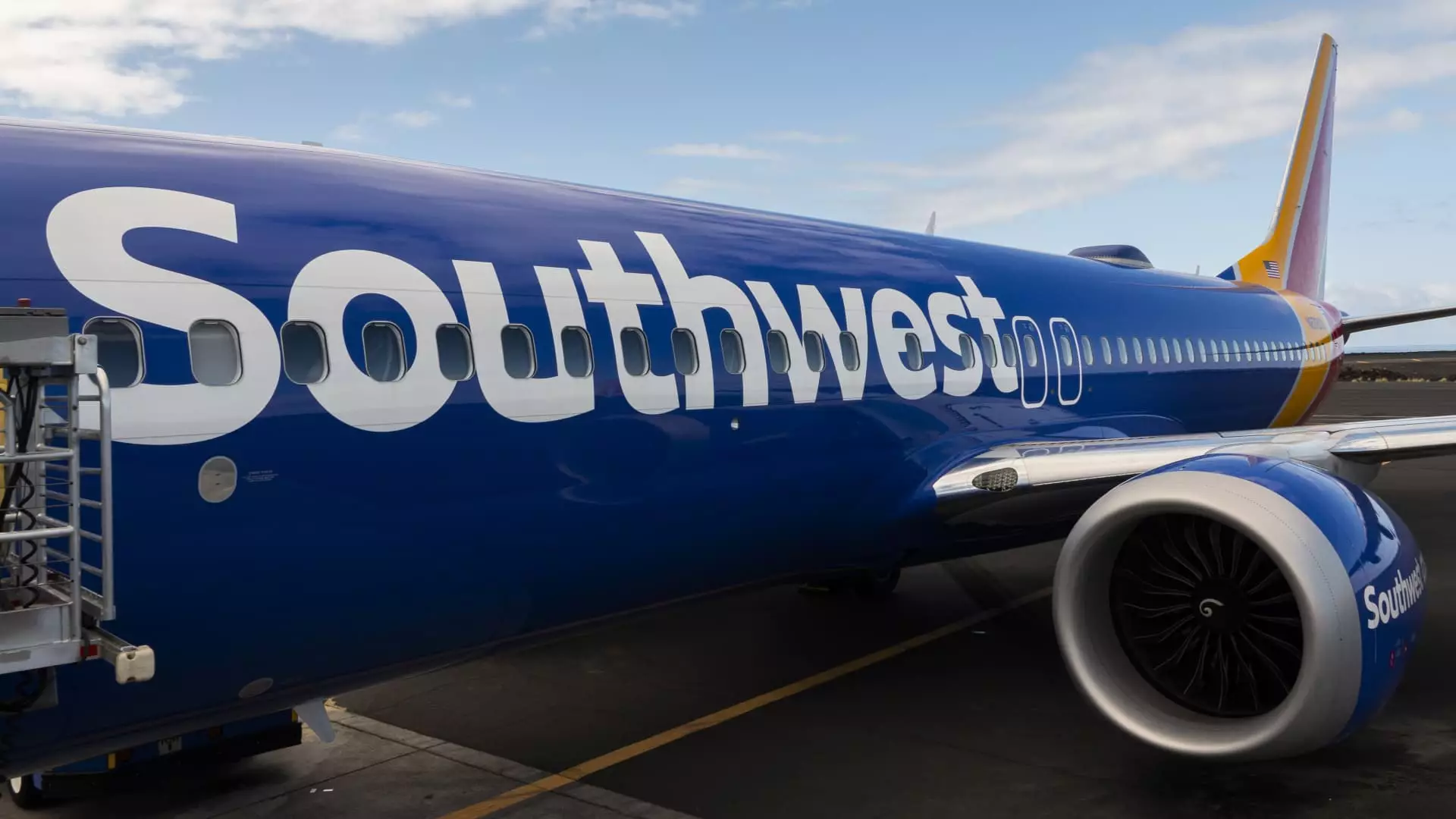Southwest Airlines recently experienced a setback as its shares plummeted by approximately 4% in premarket trading following a downgrade in its second-quarter revenue forecast. The airline attributed this revision to changing booking patterns, indicating that revenue per available seat mile is now anticipated to decline by 4% to 4.5% compared to the previous estimation of 1.5% to 3.5%. Moreover, unit expenses, excluding fuel, are projected to rise by up to 7.5%, a significant deviation from the initial expectation of no change.
In addition to these challenges, Southwest revealed that its capacity is set to expand by as much as 9%, signaling a departure from the previously anticipated flat growth trajectory. Despite these setbacks, the airline remains optimistic about achieving record quarterly operating revenue in the second quarter. However, the sharp decline in revenue and the rise in unit expenses underscore the mounting pressure on Southwest Airlines to navigate through a turbulent operating environment marked by soaring costs and evolving consumer behaviors.
The broader industry landscape is also witnessing contrasting trends, with competitors like Delta and United capitalizing on the resurgence of international travel demand. These airlines have successfully tapped into passengers’ willingness to pay premium fares for enhanced services such as roomier seating arrangements. In contrast, Southwest Airlines is grappling with the implications of activist investor pressure from hedge fund Elliott Management, which has called for a leadership overhaul citing underperformance and the need for strategic realignment.
Leadership and Strategic Initiatives
The call for a leadership change at Southwest Airlines has intensified debates within the company, with CEO Bob Jordan and Chairman Gary Kelly facing mounting scrutiny. Despite the external pressures, the airline’s management has expressed confidence in its strategic direction and emphasized the exploration of revenue-enhancing initiatives such as seating assignments and premium offerings. However, the fundamental shift towards a more complex business model could pose significant challenges for a company that has historically thrived on simplicity and operational efficiency.
The turbulent operating environment facing Southwest Airlines highlights the imperative for adaptive leadership and strategic decision-making in the face of evolving industry dynamics and competitive pressures. The airline’s ability to navigate through these challenges while maintaining its core values and customer-centric focus will be crucial in determining its long-term success in a fiercely competitive market.

